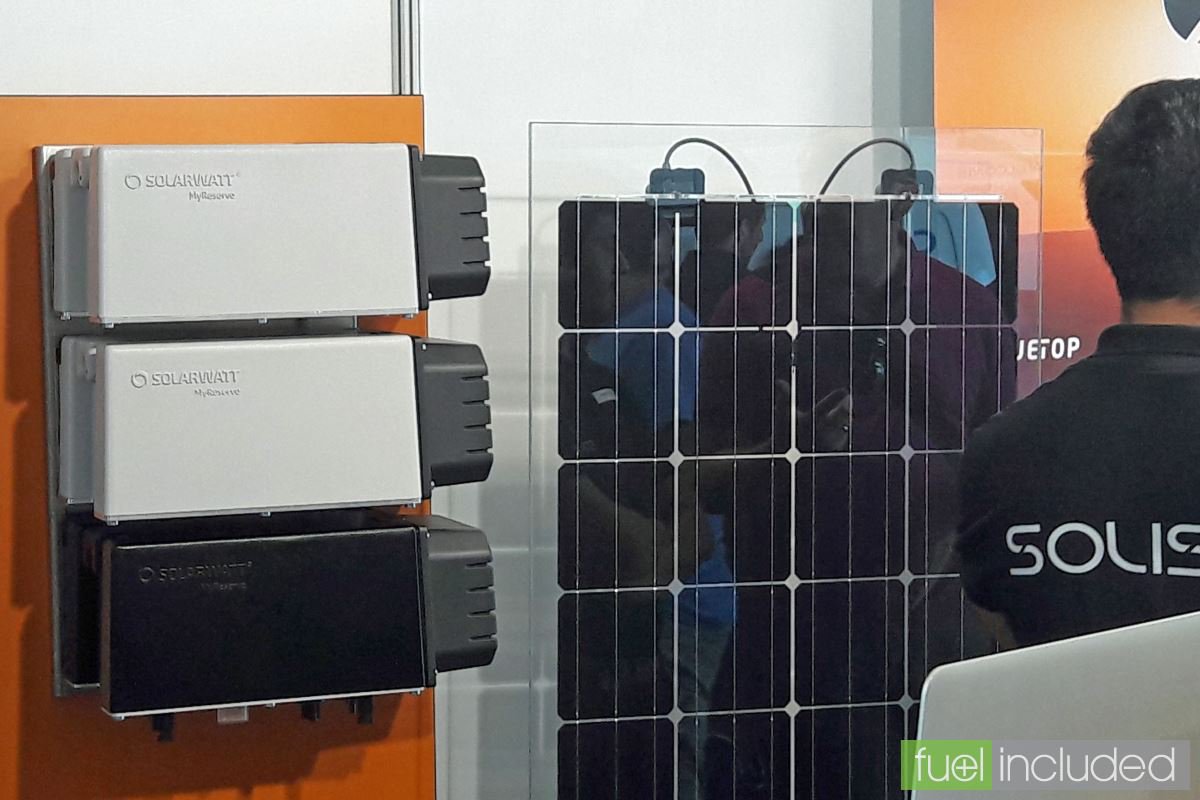A few years ago, fluctuations and complex storage solutions were the main factors hampering solar growth. Today, the sector is poised to leverage technologies to make a decisive leap. With a sustainable future around the corner, it will be innovative battery storage that will drive solar PV to become more powerful and efficient than ever before. But what are the latest developments in PV and energy storage, and which innovations are poised to transform the industry?
Europe’s residential battery energy storage systems (BESS) market has seen notable growth, with 725 MWh of additional capacity installed over 2019, demonstrating a 57% increase year-on-year. Yet, there’s still immense untapped potential: Only 7% of European residential PV infrastructure is actually coupled with battery storage. While the pandemic has slowed down the pace of new installations, 2021 is bound to see a positive recovery. Looking at cumulative capacities, up to 7.2 GWh of residential batteries could be installed by 2024.
While Switzerland, Italy, and Austria are making strides, it’s Germany again that is leading the way. Currently, the country holds a 66% market share for residential BESS across the continent – in 2019, Germany installed 63,000 residential battery storage systems. Through partnerships between rooftop solar panels and storage suppliers, consumers can access solar and storage solutions without any hassle. Early adopters aren’t driven only by economics: Their desire to de-risk their future bill, help Europe’s energy transition, or simply become more energy self-sufficient is just as relevant.
In other, more rigid markets, policy progress and commitment are needed to allow for greater integration of solar and storage. For example, unlike in the neighboring Czech Republic, in Slovakia, consumers aren’t allowed to sell excess solar-generated energy back to the grid. Changing this could be a major incentive for individual consumers to embrace novel solutions.
Solar and its role within smart grids
According to the European Union, innovative storage solutions will be critical to ensuring effective integration of renewables into the grid. And with the institution’s prioritization of smart grid solutions along the way, it’s interesting to observe how well these technologies complement each other. Simply put, solar and storage is bound to play a fundamental role in smart grid networks.
Smart grids enable a constant two-way stream of both data and electricity between the utilities and their customers. With detailed insights and optimization possibilities, solar and storage can be driven to its full potential. Both at the household or company level, such an integrated system can take advantage of every watt that solar panels produce, storing as much energy as possible while sharing any surplus across the smart grid for optimal usage.
The smart system can also tap into a unit’s energy behavior data points and weather forecast to make predictions. Based on those predictions, it can program the running time of devices across households and identify the ideal storage usage so that the battery can be fully charged throughout the day again. Added to that, it can work to manage the capacity of the battery to ensure longevity.
Read more: pv magazine




